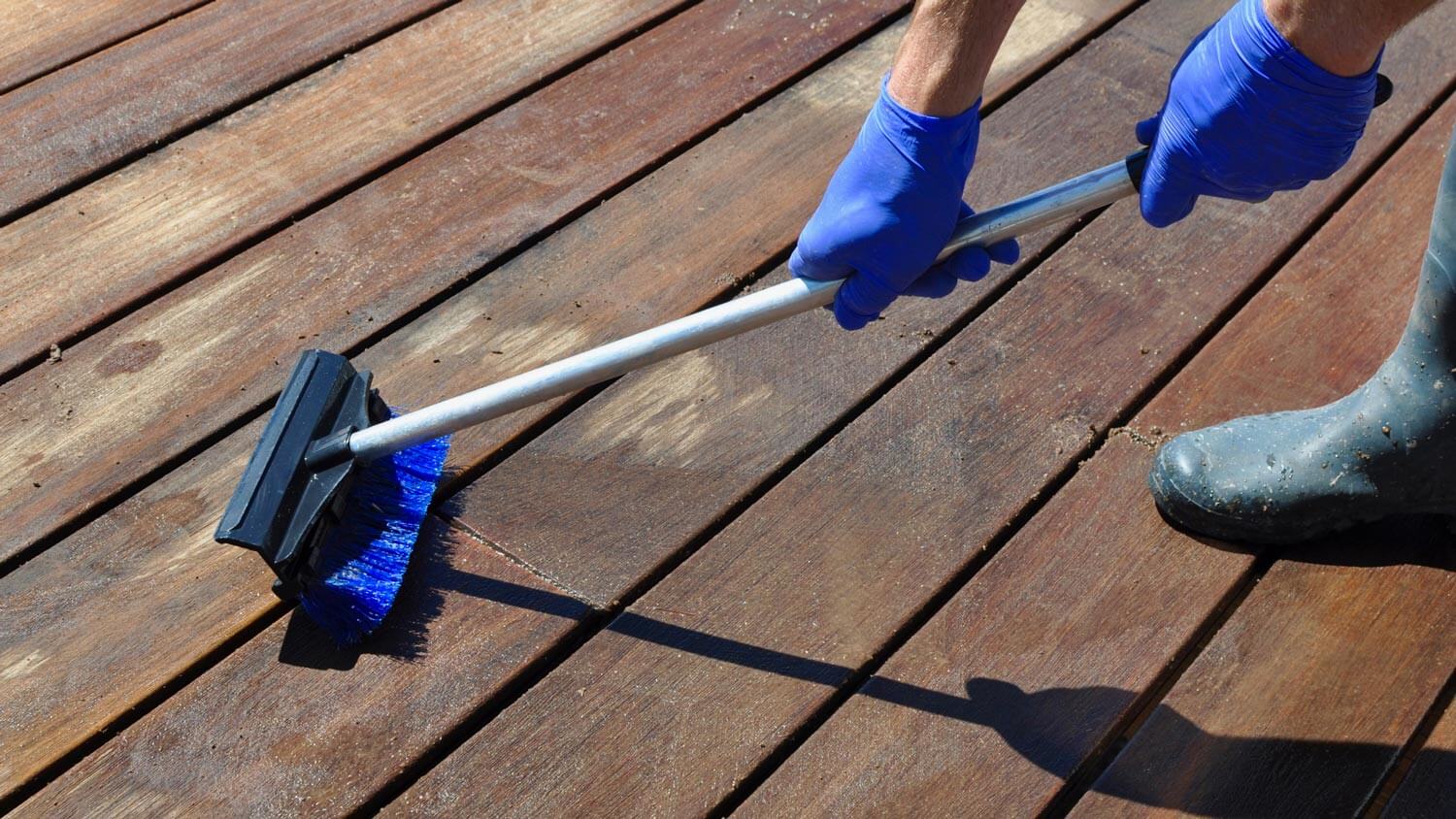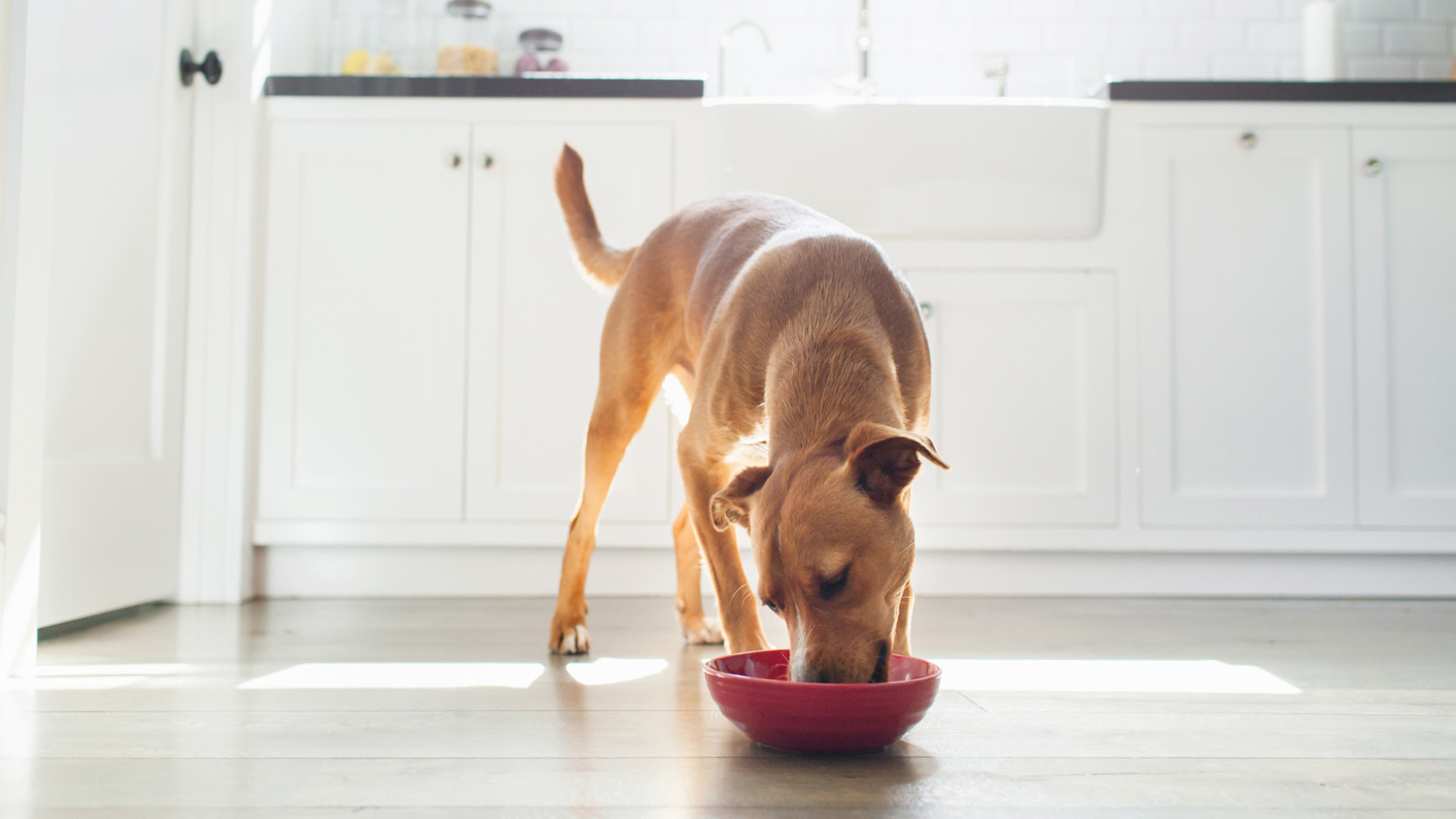11 Easy Tips for Eliminating Pet Waste Odors From Your Yard
Stop the stench


Instead of the welcome fragrance of a blooming perennial border, do dog odors assault your nostrils whenever you step into your backyard? While regularly hosing down and scooping up are your best lines of defense against the stench, there are other tactics you can also employ to keep your backyard from smelling like dog poop. Check out these tips for helping you to retain a sweet-smelling outdoor space.
1. Don’t Slack on Scooping
It’s not rocket science—if you don’t get into the habit of picking up the dog poop in your yard regularly, the smells increase. More poops equal more odors, the longer they’re left, the more they ingrain on the surface, and when the temperatures rise, so do the whiffy wafts. Plus, the poop's high nitrogen levels can burn your lawn, and when it rains, the runoff can contaminate waterways.
If it’s not a job you relish, hire a local pooper scooper to come and do the job for you a few times a week.
2. Habitually Hose Things Down
Leaving your pooch’s business to soak into yard surfaces makes it tougher to get rid of the stinky smells. Porous concrete absorbs it readily, and dog urine can kill your lawn, creating ugly burn patches. Ideally, you’ll want to quickly hose down the area where your pup has pottied straight away. Use a bucket or watering can if you don’t have a hose.
Diluting the dog urine like this immediately best reduces the odors and helps to keep your lawn looking lush rather than lackluster. However, it’s not always practical to follow your pet around waiting for them to potty, so hosing down their regular pee spots once or twice a day is better than nothing. It’s also helpful for removing any leftover poop residue.
3. Don’t Forget About Walls and Fences

Male dogs and spraying cats often wee up against walls, fences, outdoor furniture, and other structures around the garden. When you're hosing things down, don’t forget to rinse these off too.
4. Conduct the Clean-Up at Dawn and Dusk
If you only have the time to do clean-up duties twice a day, focus on doing it at dawn and dusk. After rinsing things down in the morning, the natural disinfecting properties of the sun's UV rays help to further lift any remaining bacteria. By applying any odor-eliminating products at dusk, they have all night to work on reducing any lingering funky smells.
5. Be Strict in the Summer
It’s important to do regular pet waste clean-up year-round, but even more so when the mercury rises. The heat and humidity of the summer months mean smells become more pungent, and bacteria flourish in these conditions. Plus, dog urine burns the grass more in the dry summer months when left to soak into the parched ground.
If your backyard smells like dog poop, you’ll want to take special care in the hotter months.
6. Scrub Down Hardscaping With at-Home Cleaners

For more stubborn smells lingering on hardscaping, you could add soap and even vinegar and baking soda to the mix and scrub it into the surface with a hard-bristle brush. These pet-friendly options have natural cleaning and odor-eating properties.
7. Add an Enzymatic Odor Eliminator to Your Concrete Cleaning Regime
When dog urine embeds into the ground surface, sometimes a rinse off with water isn’t enough, especially if it’s a porous hardscape like concrete. The uric acid found in urine isn’t water-soluble. If it’s left to soak into the surface for long enough, it can crystallize after evaporation occurs.
This creates a build-up of bacteria and concentrated ammonia that emits a pungent odor. Using a pet-friendly enzymatic odor eliminator is often the most effective option. When left to do their work, the enzymes in these cleaners break down the uric acid.
8. Turn Your Soil
Dog urine sits on top of hard-baked, sun-scorched soil, and the smells are often more pungent. By turning the soil, you’ll not only allow the urine to soak into the ground where it better biodegrades and the smells will be less intense, but the soil will be healthier for your plants too.
9. Designate a Potty Zone in Your Yard
With a little patience, consistency, and rewards, you can train your pet to potty in a specific area of your yard. Select a surface that’s easy to clean and won’t be damaged by the acidity of your dog’s urine (like a patch of artificial grass), and you’ll know to focus your hose down efforts on this “dog spot.”
10. Consider Your Dog’s Diet and Health

Always note the “four Cs”: color, consistency, content, and coating. If you notice any dramatic or long-standing changes with your dog’s poop or they’re consistently very soft or hard, don’t delay in seeking advice from your veterinarian to rule out any issues.
This could contribute to your backyard smelling a little more pungent than necessary.
11. Tidy Up Your Tools
Pooper scoopers, scrubbing brushes, and poop bins are helpful tools for quick and convenient cleanup duties. But don’t forget to include tool sanitation as part of your regular cleaning regime. A scooper with dog poop residue left on it quickly becomes pretty funky when left sitting in the sun!





- Is Dog Poop Good for Your Grass?
- How to Get Dog Smells Out of Your House (An 8-Step DIY Guide)
- Dog Urine Killing Your Grass? 10 Effective Solutions That’ll Save Your Lawn
- 6 Ways to Get the Dog Pee Smell Out of Your Carpet
- Dogscaping: 9 Tips for Creating a Fido-Friendly Backyard
- 11 Tips to Keep Your Dog From Running Away From Home
- 9 Tips for Keeping Your Dog Cool During Summer
- 6 Safe Ways to Use Dog Repellent for Your Yard
- 7 Must-Know Tips for How to Keep Grass Green, Healthy, and Thriving
- How to Get Rid of Cat Pee Smell in Your Home










